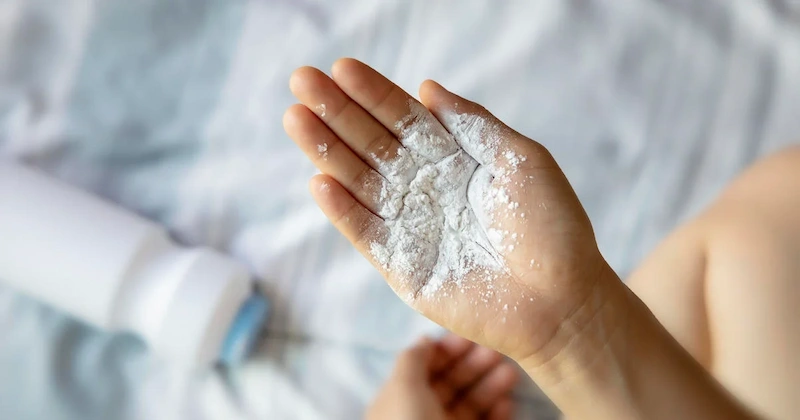Personal care, cosmetics, and household goods may contain talc. Concerns have been raised about talc being contaminated with asbestos, which can cause lung disease and cancer. Consumers should take extra precautions when buying and using talc-based products.
Johnson & Johnson has been sued over claims that its talc-based products, including baby powder, were contaminated with asbestos and caused cancer. J&J offered a $10 billion settlement for 62,000 lawsuits in 2024. The company insists its products are asbestos-free and denies these claims.
Knowing how to tell if talc is asbestos-free is important for making safer decisions for you and for your family.
This article will go over some safety tips to identify and check talc products for asbestos contamination. Staying informed and being vigilant reduces the risk of talc exposure and protects you and your family’s health.
Understanding Talc and Asbestos: The Connection
Understanding how talc and asbestos are linked is important. If talc is mined with asbestos, a known carcinogen, it becomes more dangerous to use.
Mesothelioma, asbestosis, and lung cancer are some of the serious asbestos-related diseases.
Always check for certifications or third-party testing reports confirming that a product is asbestos-free. Keep in mind that only some talc brands have been fully asbestos-tested. Being updated with news about talc products lets you make safer, less harmful choices.
Researching Product Ingredients
Before buying talc products, check the ingredients for health risks. A product’s label can reveal its contents. If talc was asbestos tested, the label must say so. Be cautious of products that contain talc but have no indication of being asbestos-free.
Ask for clarifications if the label information seems unclear. For testing instructions, visit the manufacturer’s website or call customer service. Many manufacturers now disclose their testing methods. Independent and consumer reports are another reliable source of information for determining whether a product is free of asbestos.
Reading reviews, comments, or any other type of discussion that supports or criticizes talc-based products will allow you to weigh the benefits and drawbacks of a talc product. Researching a product before using it reduces the risk of accidentally using a potentially harmful product.
Checking for Certifications and Lab Testing
If you really need to use any talc products, check if it has passed lab tests to guarantee safety. Look for “asbestos-free” products, which usually mean that they have already been tested for contamination. Many reputable manufacturers display lab results online or on their packaging to demonstrate that their products have passed rigorous asbestos testing.
Examine if the product underwent American Society for Testing and Materials (ASTM) and Food and Drug Administration (FDA) certifications. This means the item was thoroughly inspected and meets safety standards.
Check the manufacturer’s product details or website for lab tests or certifications. All brands must be willing to provide testing results and certification from a relevant organization to prove their products are safe.
Choosing Brands With Transparency
Consumers should prioritize transparency when buying talc. Safety-focused brands disclose their sourcing, manufacturing, and testing. These companies will disclose clean talc sources and take precautions to prevent impurities.
Popular brands detail how they eliminate contaminants from their products. Information on the company’s website or product containers should include certification, testing reports, and safety data. Avoid products and brands whose talc safety information cannot be determined.
Choose a product that comes from a company that has a good industry reputation. A company with happy customers and a good safety record is usually safer than one with safety scandals. Research safety practices for your health.
Staying Informed on Recalls and Safety Alerts
Even after purchase, stay informed about talc recalls and safety alerts. Keeping up with these updates will help you respond faster if your product is suddenly deemed unsafe.
For the latest talc product safety information, visit the FDA and Consumer Product Safety Commission (CPSC) websites. To receive relevant updates in your inbox, many of these sites allow email notifications.
It is advised to follow news websites and consumer safety organizations on social media to receive the latest news and information about talc products and asbestos exposure. Social media often provides live updates regarding product recalls and safety issues. Most manufacturers post recall notices on their websites or packaging.
If your product has been recalled, stop using it and follow the manufacturer’s instructions for returning or letting it go. Staying informed lets you make quick health and safety decisions.
Read Also – The Legal Consequences of Driving Without a License: Felony Vs Misdemeanor







